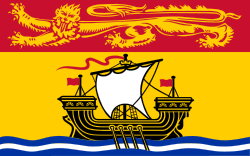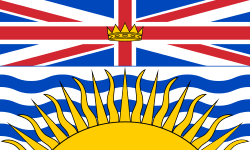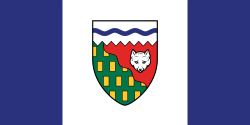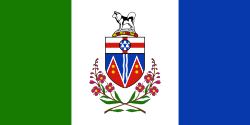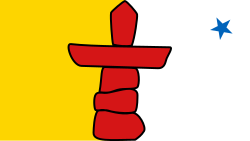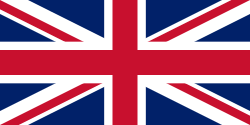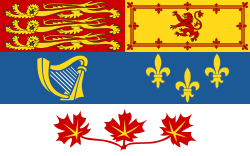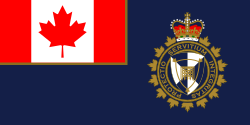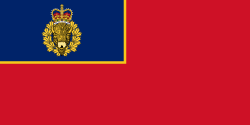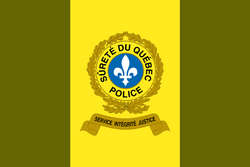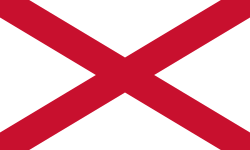| Flag | Date | Use | Description |
|---|
 | 1953–1976 [10] | Former flag of the Royal Canadian Sea Cadets | A white flag with a Union Flag at the canton, with the badge of the Royal Canadian Sea Cadets at the fly. This is the basis of the current flag of the Royal Canadian Sea Cadets. |
|---|
 | 1976–present [10] | Flag of the Royal Canadian Sea Cadets | A white flag with a Canadian Flag at the canton, with the badge of the Royal Canadian Sea Cadets at the fly. |
|---|
 | 2009–present [11] | Flag of the Navy League of Canada | A white flag with a Canadian Flag at the canton, with the current badge of the Navy League of Canada at the fly. |
|---|
 | 1985–present [12] | Banner of the Royal Canadian Army Cadets | A Canadian flag in the same shape as a queen's colour used in the Canadian Armed Forces, with the maple leaf modified with the badge of the Royal Canadian Army Cadets. At the canton, the cypher of Prince Philip, Duke of Edinburgh, as former colonel-in-chief of the Royal Canadian Army Cadets. At the fly, a badge representing the Canadian Army (the crown of Saint Edward above crossed swords). |
|---|
 | 1944–1973 | Flag of the Royal Canadian Army Cadets used by individual Army Cadet Corps used before 1973. | |
|---|
 | January 1973–present | Flag of the Royal Canadian Army Cadets used by individual Army Cadet Corps. | |
|---|
 | | Camp Flag of the Royal Canadian Army Cadets. | On a white field, the badge of the Royal Canadian Army Cadets in the centre. |
|---|
 | 1995–present [13] | Flag of the Army Cadet League of Canada. | A banner of the shield of the arms of the Army Cadet League of Canada. According to the heraldic grant, the shield of the arms of the Army Cadet League of Canada is "Argent two swords in saltire Argent fimbriated Gules hilted and pommelled Or surmounted by a maple leaf Gules veined Or all within an orle of twelve maple leaves stems inward Gules." [14] The web site of the Governor General of Canada explains this description as follows: "The white shield, bearing a maple leaf and crossed broad swords, alludes to a central Canadian entity with direct connection to the military. The twelve smaller maple leaves show singleness of purpose but at the Branch level. [14] |
|---|
 | 1991–present [15] [12] | Banner of the Royal Canadian Air Cadets | Based on the design of Queen's Colour for the Royal Canadian Air Force, with the badge of the Royal Canadian Air Cadets replacing the maple leaf. At the canton, the cypher of Prince Philip, Duke of Edinburgh, as former air commodore in chief of the Royal Canadian Air Cadets. On the bottom fly, the first badge of the Royal Canadian Air Cadets, a golden maple leaf above an eagle. |
|---|
 | 1971–present [15] | Ensign of the Royal Canadian Air Cadets | An Air Force blue flag, with a Canadian flag at the canton, with the historical badge of the Royal Canadian Air Cadets. |
|---|
 | | Squadron Banner of the Royal Canadian Air Cadets | An Air Force blue flag, with the badge of the Royal Canadian Air Cadets and a scroll stating the squadron's name and number (this example, 643 St-Hubert Squadron. |
|---|
 | | Camp flag of the Junior Canadian Rangers | A 1/3 red and 2/3 green flag with the badge of the Junior Canadian Rangers on the fly. |
|---|
|





